Creating a plant growth stimulant at home is a perfectly achievable task. Many plants and materials around us are suitable for this purpose. Nettles, yeast, aloe, and willow are all excellent growth-promoting materials. This article explores how they differ, how to prepare effective solutions from each, and some unconventional uses, including those for onion peels and honey.
Types
Homemade plant growth stimulants can be divided into two broad categories: plant-based and non-plant-based. These include:
Plant-Based:
- Potatoes
- Aloe vera
- Onion peels
- Nettles
- Willow
- Mushrooms
Non-Plant-Based:
- Yeast
- Honey
- Hydrogen peroxide
- Succinic acid
Let’s explore the most popular recipes for these homemade remedies and their purposes.
Plant-Based Growth Stimulants
Plants suitable for making growth stimulants typically produce the highest levels of phytohormones during their active growth and development stages. Some people even grow sprouts in dark environments to increase the concentration of these compounds. For example, this technique is used when preparing a wheat-based stimulant. Below are detailed recipes for plant-based options.
Potato Juice
Purpose: Promotes seed germination due to its rich content of beneficial compounds.
You’ll Need:
- Potato tubers (3–4 small tubers yield about one cup of juice).
- Garlic press or juicer.
Determine the number of tubers based on the volume of seeds you plan to soak. Freeze the potatoes beforehand. Thaw them, cut into pieces, and extract the juice using any convenient method. Soak seeds in the juice for 6–7 hours, or 12 hours for tomatoes. Afterward, the seeds can be planted for seedlings or directly into the soil, depending on your preferred method. The juice is not reusable; prepare a fresh batch for each new set of seeds.
Aloe Vera
Purpose: Ideal for soaking seeds, bulbs, grains, and cuttings; excellent for rooting.
You’ll Need:
- Water.
- 2–3 leaves from a mature aloe plant (at least 3 years old).
- A one-liter jar.
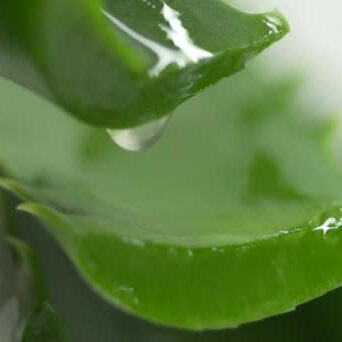
Cut leaves from the lower part of the aloe plant—the older the plant, the more effective the solution.
Wash the leaves and refrigerate them for a few hours. Then, grind them into a pulp and mix with water in a one-liter jar, using a ratio of one tablespoon of pulp per cup of water.
Let the solution sit in a cool, dark place for 4–5 days. Dilute it with 4 liters of boiled water and mix thoroughly.
This method yields a highly economical, large-volume stimulant.
Onion Peels
Purpose: Enriches seedlings and seeds with micronutrients and boosts plant immunity against diseases and viruses.
You’ll Need:
- Water.
- Two handfuls of onion peels.
- One tablespoon of wood ash.
Pour one liter of boiling water over the onion peels, add the wood ash, and stir thoroughly. Let the mixture steep for 2–3 days. To avoid interference from peels or ash residue, strain the solution and dilute it with water in a 1:3 ratio.
Nettles

Purpose: Stimulates plant growth and development, promotes root formation, and provides additional pest protection.
You’ll Need:
- Valerian or wood ash (optional).
- 7–10 nettle shoots.
- 10 grams of yeast.
- Water.
Harvest healthy, undamaged nettle plants and dry them under direct sunlight. Ideally, collect nettles before they form seeds for the best stimulant quality. Chop the dried nettles and cover with warm water (about 1 liter per 7–10 shoots). Wrap the mixture and let it ferment in a warm place for up to two weeks. To speed up fermentation, add yeast. Optionally, add valerian or a handful of wood ash to reduce unpleasant odors. Strain the infusion and dilute with water in a 1:10 ratio. Water plants at the root, with a 7-day interval between applications.
Willow
Purpose: Promotes seed and cutting germination and strengthens the root system.
You’ll Need:
- Water.
- Willow shoots.
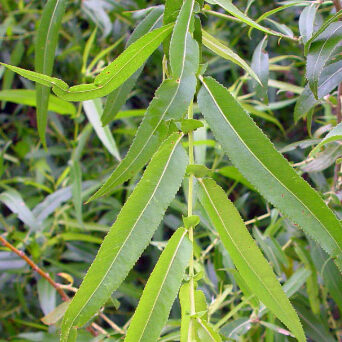
Cut several young willow shoots and place them in a container of water. Leave them until they sprout and the water turns brownish. Remove the shoots, and the solution is ready.
You can soak cuttings or seeds directly in it or use it to water plants as a rooting aid. The removed shoots can be reused by placing them in fresh water.
If the solution becomes too thick in subsequent uses, dilute it with water by half.
Mushrooms
Purpose: Seed treatment, seedling strengthening, and root watering.
You’ll Need:
- 100 grams of dried mushrooms or 200 grams of kombucha infusion.
- Water.
This stimulant can be made from dried mushrooms or kombucha. For dried mushrooms, pour one liter of boiling water over them, let cool, and strain. For kombucha, dilute 200 grams of the infusion with about 1.5 liters of water and let it sit for at least 30 minutes. The solution is ready.

Non-Plant-Based Stimulants
These include various beneficial components that are not plant-derived or phytohormone-based but can be used to create growth regulators and improve planting quality.
Yeast
Purpose: Promotes green mass growth, strengthens the root system, and improves soil quality.
You’ll Need:
- Yeast (20–100 grams, depending on the solution’s purpose).
- Sugar or flour (to activate the yeast).
- Water.
- Warmed soil (otherwise, the solution won’t work).
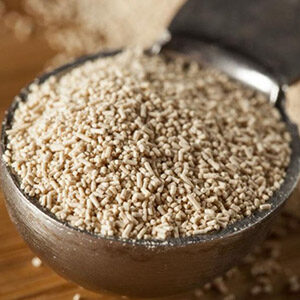
The preparation method depends on the intended use. For seed soaking, dissolve 20–30 grams of yeast in about half a liter of warm water. Soak a cloth or gauze in the solution, wrap the seeds, and let them swell before planting in open soil. For plants to build mass and develop stronger roots, use 50–70 grams of yeast with the same amount of water.
Soak cuttings in the solution for a couple of days, then replace it with plain water until roots form, and plant. For watering established plants, dissolve 100 grams of yeast in 1 liter of water with two tablespoons of sugar. Dilute the mixture 1:5 and use it on garden beds.
Honey
Purpose: Promotes seed germination, root watering, and attracts beneficial insects.
You’ll Need:
- Water.
- Two teaspoons of honey.
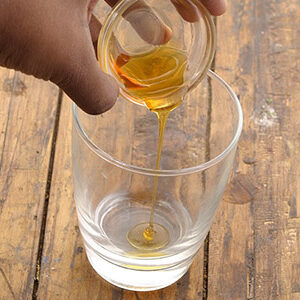
Dissolve the honey in 200 ml of warm water and mix well.
Soak seeds in this solution for 5–6 hours, then let them dry.
This helps seeds germinate faster and enriches them with beneficial micronutrients.
For root watering, adjust proportions based on the planting size.
To attract beneficial insects, spray plants with the solution.
Hydrogen Peroxide
Purpose: Protects against diseases and bacteria and promotes root formation.
You’ll Need:
- A non-metallic container.
- Hydrogen peroxide.
- Water.
To enhance root formation, soak plant cuttings in a solution of 1 liter of water and 1 teaspoon of hydrogen peroxide. After 24 hours, remove and thoroughly dry the cuttings to help the plant form a strong root system faster. For seed soaking, prepare a solution of 500 ml water and 1 teaspoon of 3% hydrogen peroxide. Soak seeds for 12–24 hours, depending on the crop’s germination requirements. Refresh the solution every 3–4 hours to avoid damaging the seeds.

Succinic Acid
Purpose: Stimulates green growth and boosts plant immunity.
You’ll Need:
- Water.
- Succinic acid.
Only a small amount of succinic acid is needed, and proportions vary based on the purpose. For seed preparation, dissolve 2 grams of succinic acid in 1 liter of water and soak seeds for 6–11 hours, depending on the crop. Dry and plant them afterward. For cuttings or transplanting, use 0.2 grams of succinic acid per liter of water, soaking plants for up to 12 hours before planting. To boost immunity and support plants after stress, spray them with a solution of 3 grams of succinic acid per liter of water.
Please note that these remedies, in the specified proportions, can effectively support your plants at various growth stages. However, professional agronomists and large-scale farmers recommend synthetic growth stimulants, as they provide guaranteed results with precisely calibrated concentrations of essential nutrients.
If you have found a spelling error, please, notify us by selecting that text and pressing Ctrl+Enter.



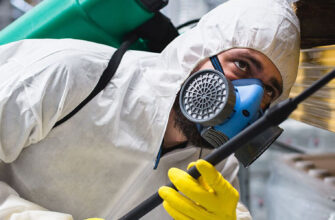
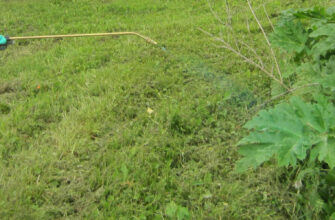
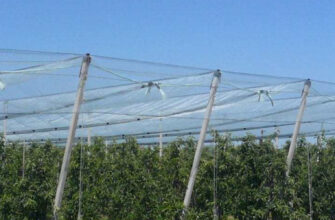
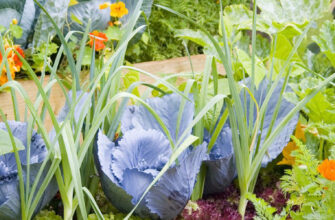

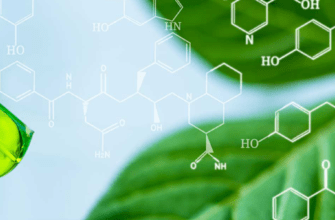
Thanks for the article! We tried all the options, the natural ones are much better
Thank you for your feedback. I am glad that the proposed options were useful to you, good harvests!
Thanks a lot for the informative article, I will definitely use the information I receive in practice.
Thank you! We hope our tips will be useful to you.
Is it possible to make a growth stimulator from Artemia Salina crustacean cysts at home?
Thanks to your site , I found a lot of interesting information that I needed , thank you !!
Thank you for your rating!
Have a good harvest!
Infusion of mushrooms as a plant stimulant? Wonderful! 🙂
I am glad that you liked the article, all the best!)